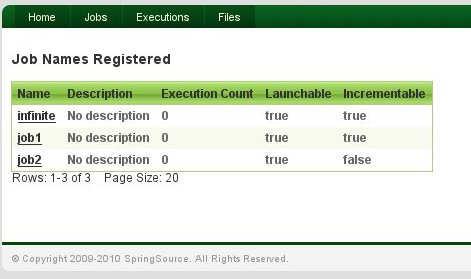I am delighted to announce that the SpringSource division of VMware has acquired Rabbit Technologies Ltd., the company behind the popular open source cloud messaging technology RabbitMQ. This acquisition will enhance our middleware portfolio and accelerate our cloud initiatives.
Messaging Evolution in the Cloud
As organizations increasingly build and deploy applications in a cloud environment, the infrastructure to support this new model is evolving. A new type of lightweight, reliable, scalable and portable messaging system is required to support the routing of user requests to the appropriate resources regardless of where they may reside. RabbitMQ is a leader in this field and has demonstrated significant innovation around cloud messaging.
RabbitMQ is well suited for the cloud for three main reasons:
- Open: RabbitMQ is open source, has an open and active community, and is based on open standards. Openness will be a critical factor for successful cloud platforms because moving to the cloud loses a lot of its appeal if it turns out to be just another version of vendor lock-in.
- Flexible Scalability: RabbitMQ is capable of scaling in multiple different ways, not just technical horizontal scaling but also federated messaging that spans cross service scaling all the way up to geographically diverse scaling.
- Protocol based: RabbitMQ is a protocol based, rather than API based, messaging system. This means that messaging clients are not tied to vendor installed libraries which increases portability for applications and allows for client messaging from a wide variety of different platforms. This approach also allows RabbitMQ to support multiple protocols which increases its utility in heterogeneous environments like the cloud.
Indeed, Rabbit's suitability for cloud scenarios is already borne out in practice by its adoption by cloud service providers and organizations building private clouds, such as NASA Nebula.
What does this mean for you?
If you are a member of the RabbitMQ community, this is good news, and a significant further validation for your technical choice. RabbitMQ will continue to be open source and distributed in the same way as before. The community can expect to see increased investment in this outstanding technology which should result in significant improvements to the open source release. The RabbitMQ community can also expect to see the same dedication and support that SpringSource gives to its other open source communities like Spring, Grails, Groovy and Apache based technologies.
We love and are committed to the diversity of languages and…
 We start with a look at the Jobs view in the application. It shows a list of jobs that are either launchable or monitorable by the web application.
We start with a look at the Jobs view in the application. It shows a list of jobs that are either launchable or monitorable by the web application.

